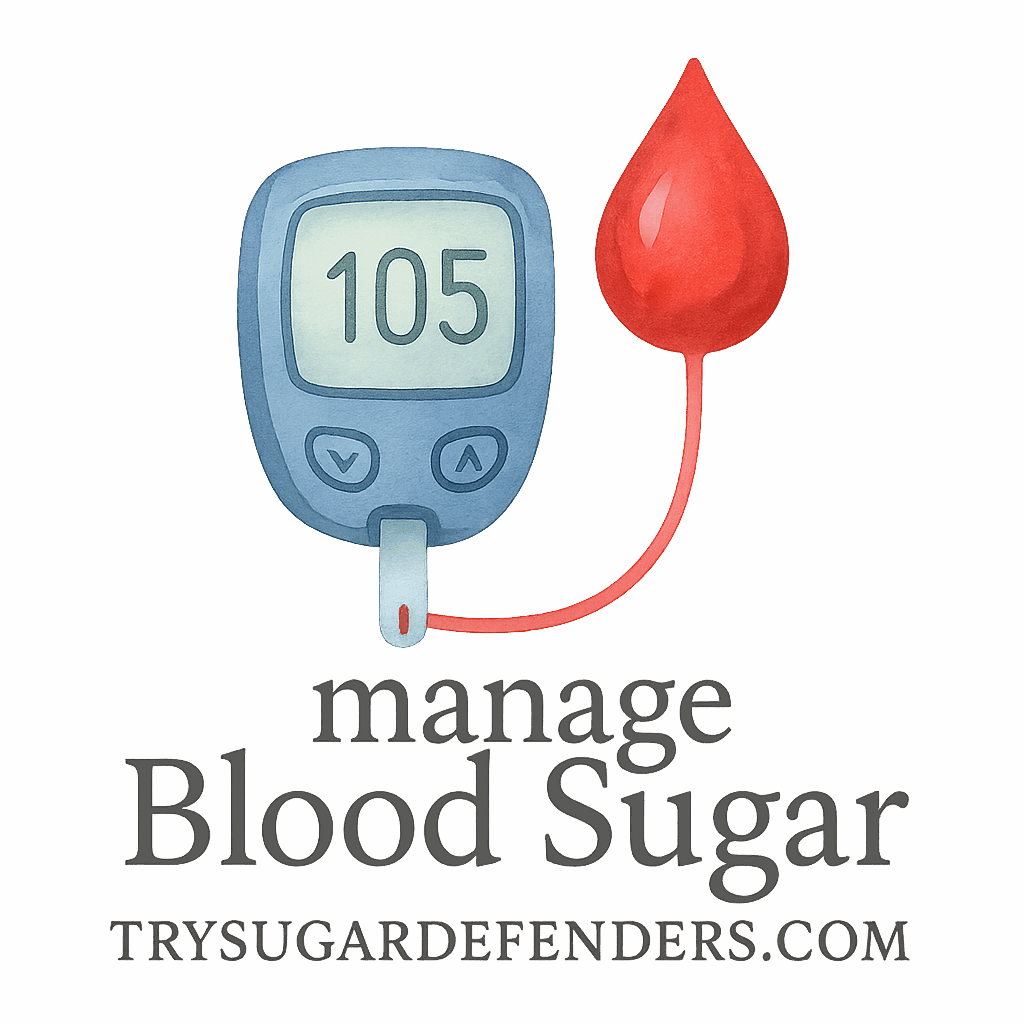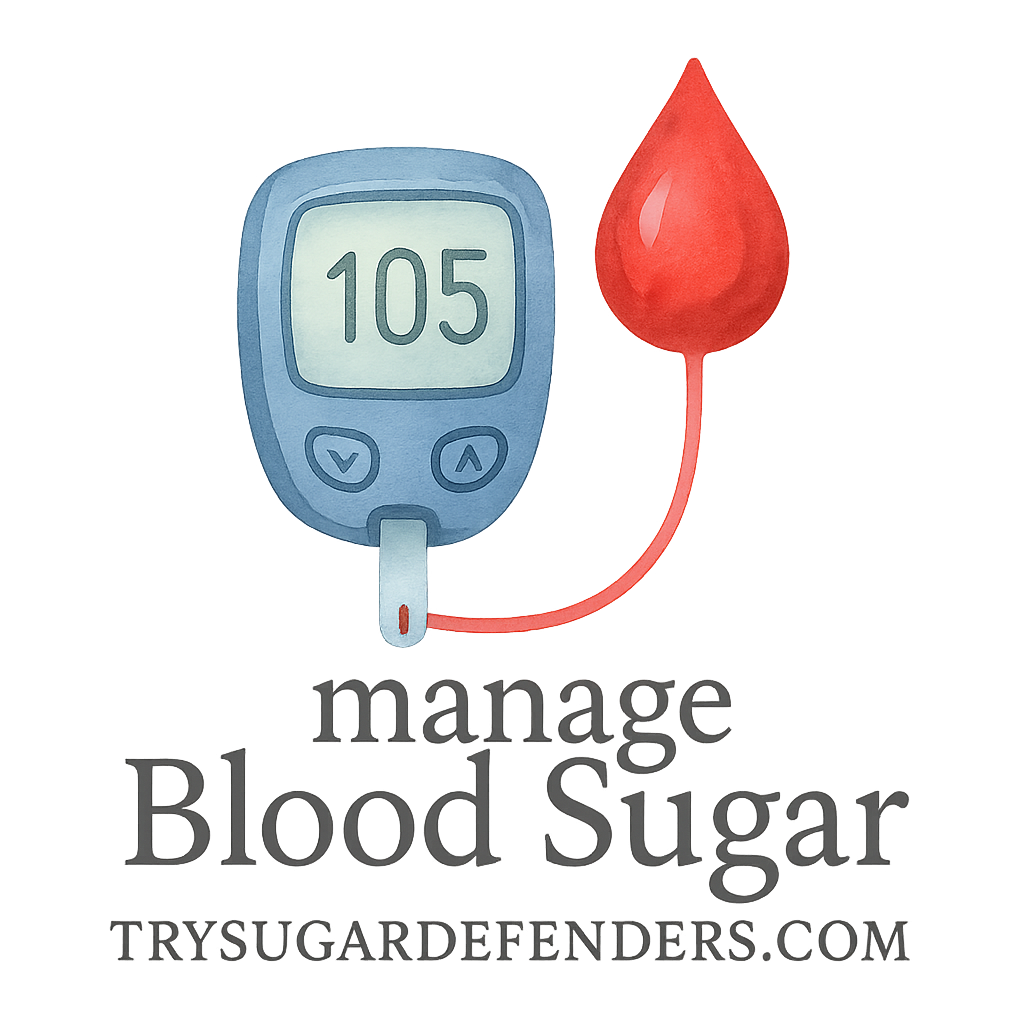If you’ve ever felt like your energy crashes faster than your phone battery at 2%, chances are your blood sugar might be out of whack. But the good news? You don’t need a PhD in nutrition to fix it. Just a few simple habits—done consistently—can make a huge difference.
So today, we’re diving deep into 6 daily habits that promote stable blood sugar and give your body the balance it craves.
Why Blood Sugar Stability Matters
The Rollercoaster Effect of Blood Sugar Spikes
Ever experience that 3 PM slump where you’re reaching for anything sugary in sight? That’s your blood sugar crashing after a spike—and it’s not just about being tired or hungry. It’s your body’s SOS signal.
When you eat sugary or highly processed foods, your blood sugar spikes. Your body then releases insulin to bring it back down, often overcorrecting and causing a crash. That’s the rollercoaster you want to avoid.
Long-Term Health Risks of Unstable Blood Sugar
Constantly riding this glucose rollercoaster can lead to:
- Insulin resistance
- Type 2 diabetes
- Weight gain
- Mood swings
- Low energy
Stable blood sugar helps you maintain mental clarity, better moods, consistent energy, and long-term health. Now let’s talk about the habits that make that possible.
Habit #1: Start Your Day With a High-Protein Breakfast
Why Protein Sets the Tone for the Day
Skipping breakfast or grabbing a sugary muffin sets you up for a blood sugar disaster. A protein-rich breakfast stabilizes your glucose levels, keeps you full longer, and reduces cravings throughout the day.
According to experts, around 20–30 grams of protein in the morning is ideal.
For more blood sugar-friendly meal tips, check out TrySugarDefenders.com/diet-nutrition.
Quick High-Protein Breakfast Ideas
- Greek yogurt with chia seeds and almonds
- Scrambled eggs with avocado toast
- Protein smoothie with nut butter and spinach
- Cottage cheese with berries and flaxseeds
Habit #2: Move Your Body (Even Just a Little!)
Why Daily Movement Is Critical for Glucose Control
You don’t need to become a gym rat. Just a brisk walk after meals or a quick stretch session can lower blood sugar levels and boost insulin sensitivity.
According to TrySugarDefenders.com/exercise-lifestyle, regular physical activity is one of the most powerful lifestyle tools for controlling blood glucose.
Easy Ways to Add Movement to Your Day
- 10-minute walk after meals (aka “glucose walk”)
- Standing or walking while on phone calls
- Stretch or yoga breaks between work tasks
- Dance it out while cleaning!
Explore more fitness and exercise ideas.
Habit #3: Prioritize Fiber and Healthy Fats
How Fiber Slows Glucose Absorption
Think of fiber like a slow-release button for sugar. It slows digestion and helps prevent those sharp blood sugar spikes.
You’ll want both soluble and insoluble fiber, found in:
- Oats
- Chia seeds
- Legumes
- Berries
- Leafy greens
Check out TrySugarDefenders.com/tag/diet for more fiber-packed meal plans.
The Power Combo: Fiber + Healthy Fats
Pairing fiber with fats like avocado, olive oil, or nuts creates the ultimate blood sugar-balancing meal.
Bonus tip: Try the Mediterranean diet, rich in these nutrients. Learn more at TrySugarDefenders.com/tag/mediterranean.

Habit #4: Master the Art of Stress Management
The Cortisol-Blood Sugar Connection
Chronic stress triggers cortisol, a hormone that raises your blood sugar—yes, even if you’re eating clean. Wild, right?
That’s why managing your mental health is just as crucial as your meal plan.
Explore behavioral tools at TrySugarDefenders.com/behavioral-mental-strategies.
Mental & Behavioral Strategies That Help
- Deep breathing or box breathing
- Journaling or gratitude practices
- Mindful walking or grounding techniques
- CBT-based tools (Learn more)
You can also explore goal-setting and mental strategies for building long-term success.
Habit #5: Track and Monitor Your Progress
How Data Gives You Power Over Your Health
What gets measured gets managed.
Monitoring your blood sugar gives you insights into what’s working—and what’s not. This empowers you to tweak your diet, exercise, and habits more effectively.
Explore tech tools at TrySugarDefenders.com/monitoring-tracking.
Best Tools and Devices for Monitoring Blood Sugar
- Continuous Glucose Monitors (CGMs)
- Finger prick glucose meters
- Health apps like MyFitnessPal or Glucose Buddy
Discover comparisons of devices and monitors to find the best fit.
Habit #6: Stick to a Sleep Routine
How Sleep (or Lack of It) Affects Insulin Sensitivity
Sleep is when your body resets and recharges. Skimp on it, and your insulin sensitivity drops. That means your body struggles to manage sugar levels, even if you’re eating well.
Poor sleep = higher fasting blood sugar = more cravings. Yikes.
Learn more in our healthy habits section.
Bedtime Hacks to Improve Sleep Quality
- Set a wind-down routine (think candles + calming tea)
- Avoid screens 1 hour before bed
- Keep your bedroom cool and dark
- Use calming supplements (with doctor approval) from TrySugarDefenders.com/medical-supplements
Wrapping It All Up: You’re In Control!
Stabilizing your blood sugar doesn’t require a total life overhaul. Just a handful of small, daily habits practiced consistently can completely transform how you feel.
Remember, you’re not alone on this journey. The entire Sugar Defenders platform is built to guide, support, and empower you—from meal planning and exercise routines to tech tools and expert strategies.
So pick one habit to start with today and build from there. Your future self will thank you!
FAQs
1. How fast can these habits improve my blood sugar?
Results vary, but many people notice improvements in energy and mood within a week. Blood sugar changes may show up in 2–4 weeks.
2. Do I need to cut out all carbs?
Nope! Focus on quality carbs—think whole grains, fruits, and legumes. It’s all about balance and pairing carbs with protein or fats.
3. Can I still enjoy sweets or desserts?
Yes, in moderation. Pair them with protein or fiber, and enjoy them after meals—not on an empty stomach.
4. What’s the best time to exercise for blood sugar?
After meals is ideal, especially after dinner. Even a 10-minute walk can help lower your glucose levels.
5. Should I talk to a doctor before changing habits?
Absolutely. Especially if you’re on medication or managing a condition like diabetes. Read more about consultation tips here.
6. Is there a difference between natural and added sugars?
Yes. Natural sugars (in fruit or dairy) come with fiber and nutrients. Added sugars offer zero benefits and spike glucose quickly.
7. Are supplements helpful for blood sugar?
They can be! But they work best alongside lifestyle changes. Discover options at TrySugarDefenders.com/medical-supplements.


